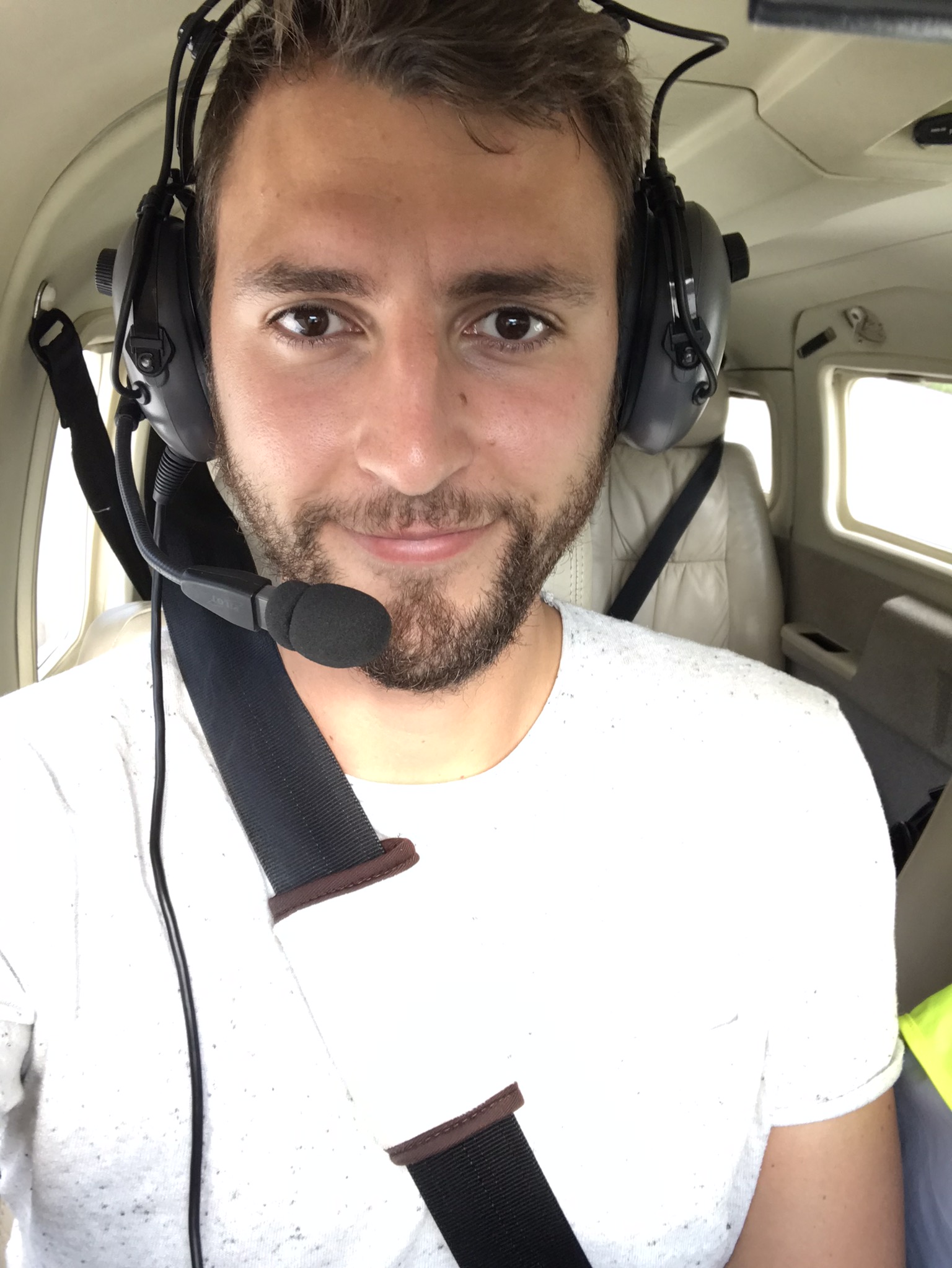Detection of Spatiotemporal Clusters of COVID-19–Associated Symptoms and Prevention Using a Participatory Surveillance App: Protocol for the @choum Study
Published in Journal of Medical Internet Research (JMIR), 2021
Background: The early detection of clusters of infectious diseases such as the SARS-CoV-2–related COVID-19 disease can promote timely testing recommendation compliance and help to prevent disease outbreaks. Prior research revealed the potential of COVID-19 participatory syndromic surveillance systems to complement traditional surveillance systems. However, most existing systems did not integrate geographic information at a local scale, which could improve the management of the SARS-CoV-2 pandemic.
Objective: The aim of this study is to detect active and emerging spatiotemporal clusters of COVID-19–associated symptoms, and to examine (a posteriori) the association between the clusters’ characteristics and sociodemographic and environmental determinants.
Methods: This report presents the methodology and development of the @choum (English: “achoo”) study, evaluating an epidemiological digital surveillance tool to detect and prevent clusters of individuals (target sample size, N=5000), aged 18 years or above, with COVID-19–associated symptoms living and/or working in the canton of Geneva, Switzerland. The tool is a 5-minute survey integrated into a free and secure mobile app (CoronApp-HUG). Participants are enrolled through a comprehensive communication campaign conducted throughout the 12-month data collection phase. Participants register to the tool by providing electronic informed consent and nonsensitive information (gender, age, geographically masked addresses). Symptomatic participants can then report COVID-19–associated symptoms at their onset (eg, symptoms type, test date) by tapping on the @choum button. Those who have not yet been tested are offered the possibility to be informed on their cluster status (information returned by daily automated clustering analysis). At each participation step, participants are redirected to the official COVID-19 recommendations websites. Geospatial clustering analyses are performed using the modified space-time density-based spatial clustering of applications with noise (MST-DBSCAN) algorithm.
Results: The study began on September 1, 2020, and will be completed on February 28, 2022. Multiple tests performed at various time points throughout the 5-month preparation phase have helped to improve the tool’s user experience and the accuracy of the clustering analyses. A 1-month pilot study performed among 38 pharmacists working in 7 Geneva-based pharmacies confirmed the proper functioning of the tool. Since the tool’s launch to the entire population of Geneva on February 11, 2021, data are being collected and clusters are being carefully monitored. The primary study outcomes are expected to be published in mid-2022.
Conclusions: The @choum study evaluates an innovative participatory epidemiological digital surveillance tool to detect and prevent clusters of COVID-19–associated symptoms. @choum collects precise geographic information while protecting the user’s privacy by using geomasking methods. By providing an evidence base to inform citizens and local authorities on areas potentially facing a high COVID-19 burden, the tool supports the targeted allocation of public health resources and promotes testing. Read more
